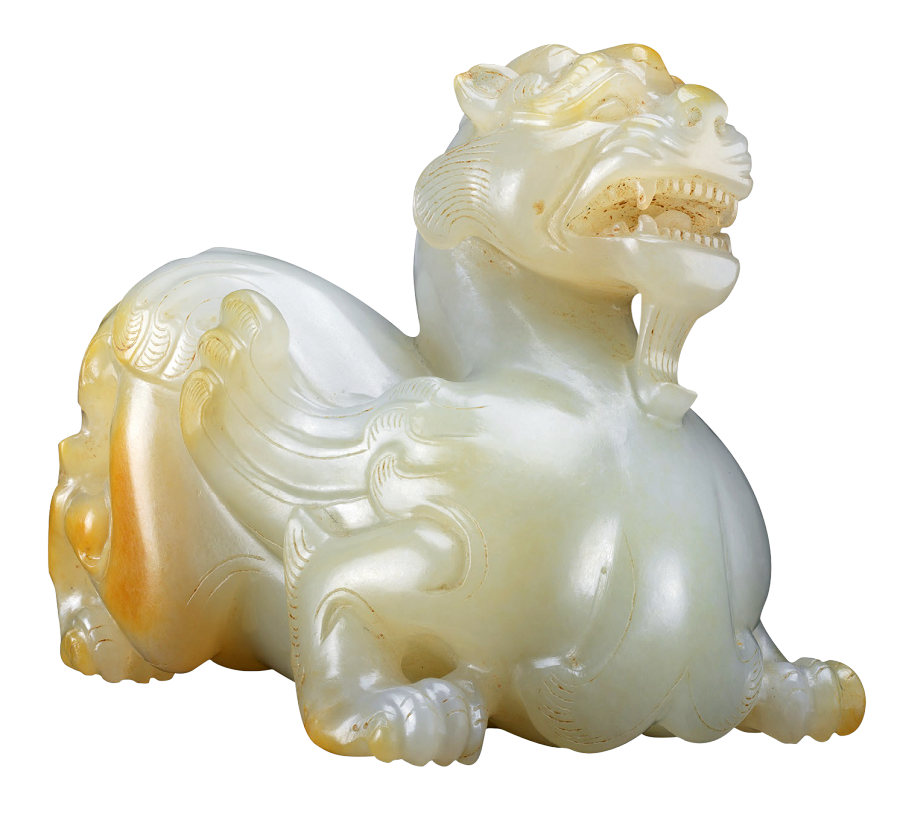

The aesthetic level achieved with such creative liberty has been admired but never quite replicated, let alone surpassed in later periods. Although many scholars tend to view the jade-making under Emperor Qianlong of the Qing Dynasty as a pinnacle for the art, what was made during that time, despite its technical perfection, never fully achieved the fine balance between subtlety and simplicity, between stateliness and idiosyncrasy.
One state that towered over all others with jade art was the state of Chu. Chu, which survived Qin's mighty army until 223 BC, two years before the end of the Warring States Period, was once the largest state of its time. The objets d'art made by Chu artisans, most notably jade and lacquerware, marries superb artisanship with highly imaginative designs that often featured energetically swirling lines, ultrasophisticated patterns and mythical animals including dragons, which were to become the arch emblem of Chinese civilization.
"Liu Bang, who founded the Han Dynasty in 206 BC, came from what is now the city of Xuzhou in Jiangsu province, a region that once fell within the borders of Chu," Zuo says. "That may explain why Han jade ware, especially that made in its initial two centuries, embraced the same aesthetic forged by the people of Chu."
Between the defeat of Chu and the rise of Han, the notion of China emerged as much from reality as from people's consciousness. For proof, archaeologists have discovered one Han Dynasty bronze mirror that, as part of its design, included the inscription: "This mirror is made in accordance with the laws of the ancient sages and the rules of heaven.… Examine your countenance with it, to rid yourself of anything inauspicious, and pray for the stability of China."
The sages and heaven, listened to by the Chinese throughout history, were both linked to jade.
"The people of Han, especially its ruling elite, were firm believers of a posthumous journey to heaven," Zuo says.
"And they relied on funerary jade to build the flight of stairs between the terrestrial and the celestial."